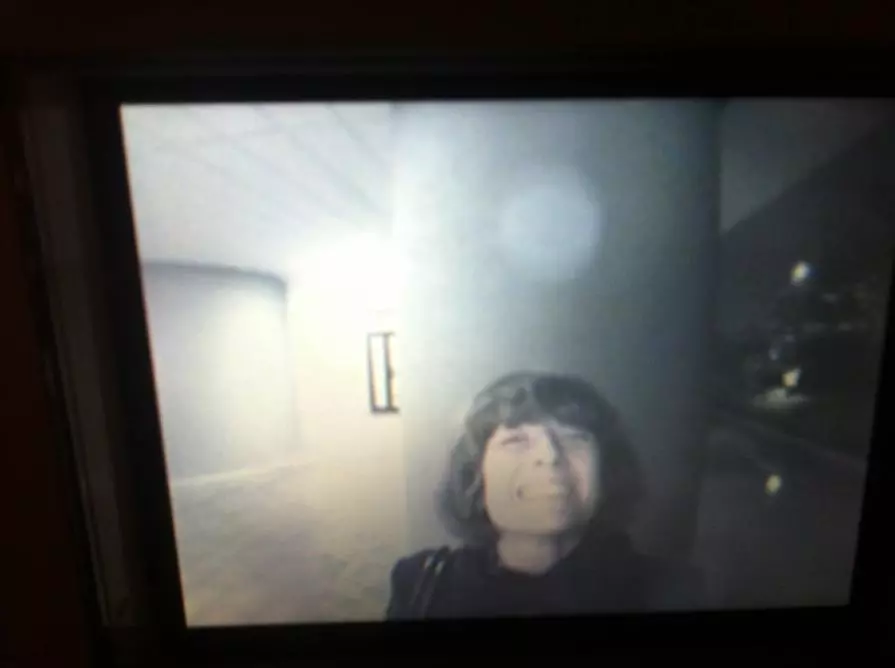
Crossing Borders With a Mirror
There are several studies which underline this behavior within animals: In Germany, researchers found that red deer usually still doesn’t cross the old iron curtain, once protected by barbed wire, automated guns and electric fence.
Animals are still aware of the once deadly border, also if they were born after removal of the fence.
The same happens to humans.
In Berlin, many old people feel uncomfortable when crossing from East Berlin to West Berlin, but they can’t really explain why.
Something similar happens to people who start approaching e-communication.
Participative Economy, Circular Economy, Network Economy are mainly based on interaction between persons who are often far from each other. E-communication and E-collaboration are becoming more and more important. The ability to work, to produce and to express competencies in an E-environment are key points for most workers.
But most of people are not able to manage this kind of communication.
They feel uncomfortable, their productivity falls down and they change their way to interact.
They feel as they’re not communicating with another human, but with a machine.
The common idea is that communication through e-communication is just a question of learning procedures and get used to them.
But most people simply feel they are not able to express themselves in e-environments.
It’s not about taking a rational decision, or holding prejudices on electronic devices. Most people simply don’t feel as comfortable as when they’re talking face to face or when using a phone.
And, at the same time, they don’t identify the “reason”.
The idea behind this installation is that there may be "Mnemonic Boundaries", linked to the idea of the computer and monitor as local machines, "one-way" equipments, from which receive information but with whom you can not interact directly. Who would talk to a machine, such as a TV, if not a madman?
We want to explore how and if the use of a “machine” is a limitation to individual behaviors, or an occasion to explore new worlds and meet new people.
We want to explore the concept of “virtual” and “real”, as in e-communication humans are not interacting in a “virtual” environment, but the virtual environment is just connecting two real places through a virtual space. How this virtual “mediation” changes the individual perception of others, as they are seen through a “e-window”? How e-communication gives us the opportunity to change our perspective?
We want to stress this concepts.
Crossing Borders With a Mirror is an installation based on an interactive mirror with a PC inside.
The mirror can autonomously interact with visitors.
The question is: WHO is the INTERLOCUTOR?
We are talking to A PERSON or to A MACHINE?
We are talking in local, or we interact on long distance?
We are "here" or we are "there"?
“Crossing Borders With a Mirror” installation leads to the extreme this sense of disorientation and amplifies it.
Let us reverse the role of the "machine", making obvious role changes and forcing the viewer to confront the machine itself.
The computer is the activator.
The initiative to start the connection does not come from a human who "uses" the computer.
In “Crossing Borders With a Mirror” the installation sees a human and interacts independently with him.
At the beginning, there is not a virtual space, but the local machine-human being interaction.
After the first phase of the exchange between human and machine, the machine asks the visitor if he wants to establish a remote connection to the artist, who is away. If the local human responds positively, the machine tries to contact the artist, who is thousands of kilometers away.
The artist will be in different places in Europe, for the duration of the exhibition. The viewer will not know in advance where it will be carried to the call. He knows exactly where he is at that time, but does not know where he's going with the connection.
In this sense, the "virtual", ie the connection itself, is an element of uncertainty and increases the sense of bewilderment: how is it possible that an "indeterminate" element colleagues two real places?
The artist will respond if she is in front of the screen at that moment, but she might be temporarily away.
If she’s available, she responds and communication becomes human-machine-human and the machine turns to be a mediation element between humans (the visitor and the artist).
If the artist does not respond, the interaction remains at human-machine level. So, the visitor still has interacted with the artist in mediated form, through her creation.
But they are two different mediations: in both cases there is a visitor-artist connection and there is a mediation of the machine, but the two experiences are very different and excluding each other.
Which is the more "REAL" situation? One in which the visitor "talks" to the artist in REAL-TIME but through a space of mediation virtual, or one where the visitor does NOT talk to the artist, but there is no “virtual space” involved?
Is it a more “real” a local non-virtual interaction machine-human, or a human-human interaction but with the interposition of a machine and a virtual space?
 Share / Save
Share / Save







Comments 0
Say something